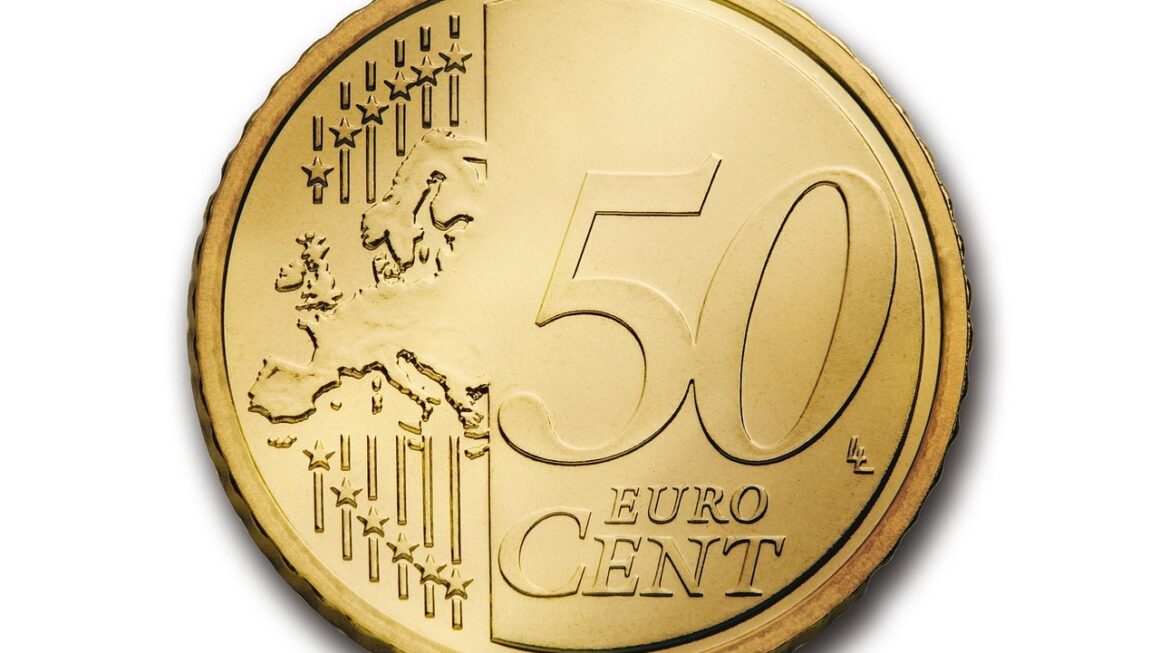Imagine receiving a steady stream of income, not from your 9-to-5 job, but from the stocks you own. That’s the power of dividend income. For investors seeking regular cash flow and long-term growth, understanding dividends is crucial. This blog post will delve into the world of dividend income, exploring what it is, how it works, the benefits and risks, and how to build a thriving dividend portfolio.
What is Dividend Income?
Defining Dividend Income
Dividend income is the distribution of a company’s earnings to its shareholders. When a company generates profits, it can choose to reinvest those profits back into the business for growth or distribute a portion of them to shareholders as dividends. Dividends are typically paid in cash, but they can also be paid in the form of additional shares of stock.
How Dividends Work
Companies declare dividends on a per-share basis. For example, a company might declare a dividend of $0.50 per share. If you own 100 shares of that company, you would receive $50 in dividend income. The amount and frequency of dividend payments are determined by the company’s board of directors and depend on factors like profitability, cash flow, and future investment opportunities.
- Declaration Date: The date the company announces the dividend.
- Record Date: The date on which you must be a registered shareholder to receive the dividend.
- Ex-Dividend Date: Usually one business day before the record date. If you buy the stock on or after the ex-dividend date, you will not receive the next dividend payment.
- Payment Date: The date the dividend is actually paid to shareholders.
Understanding these dates is crucial for investors looking to strategically capture dividend payments.
Types of Dividends
While cash dividends are the most common, there are other types of dividends to be aware of:
- Cash Dividends: Payments made in cash, usually directly deposited into your brokerage account.
- Stock Dividends: Payments made in the form of additional shares of the company’s stock. This doesn’t increase your proportional ownership, but it does increase the number of shares you own.
- Property Dividends: Payments made in assets other than cash or stock. These are less common but can include things like inventory or equipment.
- Special Dividends: One-time dividends paid out in addition to the regular dividend. These often occur when a company has a particularly profitable year or sells off a significant asset.
Benefits of Investing in Dividend Stocks
Creating a Passive Income Stream
One of the biggest advantages of dividend stocks is the potential to generate a passive income stream. This can be particularly appealing to retirees or those seeking to supplement their existing income. For example, imagine building a portfolio that generates $1,000 per month in dividend income. This can provide a significant boost to your financial security.
Compounding Returns
Dividends can be reinvested back into the stock, allowing you to purchase more shares and potentially accelerate your returns through the power of compounding. This strategy, known as dividend reinvestment (DRIP), can significantly boost your long-term investment performance. Many brokerages offer automatic dividend reinvestment programs.
- Example: Let’s say you own 100 shares of a company paying a $1 annual dividend per share. You receive $100 in dividends. If you reinvest that $100 back into the stock (assuming the stock price remains relatively stable), you can purchase more shares, increasing your future dividend income.
Downside Protection
Dividend-paying stocks can often provide a degree of downside protection during market downturns. While the stock price may still decline, the consistent dividend payments can provide a cushion and make the investment less volatile overall. Companies that consistently pay and raise dividends are often considered more financially stable, which can make them more attractive to investors during periods of uncertainty.
Tax Advantages
In many countries, dividend income is taxed at a lower rate than ordinary income. This can make dividend investing a tax-efficient way to generate income. For instance, in the US, qualified dividends are taxed at the same rates as long-term capital gains, which are generally lower than ordinary income tax rates. Consult with a tax professional for specific advice related to your situation.
Risks Associated with Dividend Investing
Dividend Cuts or Suspensions
While dividend-paying stocks can be a great source of income, there is always the risk that a company could cut or suspend its dividend payments. This can happen if the company is facing financial difficulties or decides to reinvest its earnings into other areas of the business. A dividend cut can significantly impact your income stream and often leads to a decline in the stock price.
Company Performance
A company’s ability to pay dividends is directly linked to its financial performance. If a company is struggling, it may be forced to reduce or eliminate its dividend payments. Therefore, it’s crucial to thoroughly research a company’s financial health before investing in its dividend-paying stock.
Opportunity Cost
Investing in dividend stocks may mean missing out on opportunities to invest in growth stocks that could potentially generate higher returns. Dividend stocks tend to be more mature, stable companies, while growth stocks are often younger, faster-growing companies. Consider your investment goals and risk tolerance when deciding which type of stock is right for you.
Tax Implications
While dividend income can be tax-efficient, it’s important to be aware of the tax implications. Dividends are generally taxable, and the tax rate can vary depending on your income level and the type of dividend. Consult with a tax professional to understand the tax consequences of dividend investing.
Building a Dividend Portfolio
Research and Due Diligence
Before investing in any dividend stock, it’s crucial to conduct thorough research and due diligence. This includes analyzing the company’s financial statements, understanding its business model, and evaluating its dividend history. Look for companies with a track record of consistently paying and raising dividends, and make sure the dividend payout ratio is sustainable.
Diversification
Diversifying your dividend portfolio across different sectors and industries is essential to mitigate risk. Don’t put all your eggs in one basket. By investing in a variety of dividend stocks, you can reduce the impact of any single company’s performance on your overall portfolio. A balanced portfolio might include stocks from sectors like utilities, consumer staples, healthcare, and financials.
Focusing on Dividend Aristocrats and Kings
Dividend Aristocrats are companies that have increased their dividend payouts for at least 25 consecutive years. Dividend Kings have increased their dividend payouts for at least 50 consecutive years. These companies are generally considered to be financially stable and committed to rewarding shareholders. Investing in Dividend Aristocrats and Kings can provide a level of security and consistency in your dividend income stream.
- Example: Procter & Gamble (PG) is a well-known Dividend King that has increased its dividend for over 60 consecutive years.
Reinvesting Dividends
As mentioned earlier, reinvesting dividends can significantly boost your long-term returns through the power of compounding. Consider enrolling in a dividend reinvestment program (DRIP) to automatically reinvest your dividends back into the stock.
Measuring Dividend Performance
Dividend Yield
Dividend yield is a key metric for evaluating dividend stocks. It represents the annual dividend payment as a percentage of the stock’s current price. The formula is:
Dividend Yield = (Annual Dividend per Share / Current Stock Price) 100
For example, if a stock pays an annual dividend of $2 per share and is currently trading at $50 per share, the dividend yield is 4%. While a higher dividend yield may seem attractive, it’s important to consider the company’s financial health and sustainability of the dividend. An unusually high dividend yield could be a sign that the company is struggling and may be forced to cut its dividend.
Payout Ratio
The payout ratio is the percentage of a company’s earnings that it pays out as dividends. It’s calculated as:
Payout Ratio = (Dividends Paid per Share / Earnings per Share) 100
A lower payout ratio indicates that the company is retaining more of its earnings, which could be used for future growth or to maintain the dividend payment during challenging times. A high payout ratio, particularly one above 75%, could be a warning sign that the dividend is unsustainable.
Dividend Growth Rate
The dividend growth rate is the rate at which a company’s dividend has increased over time. A consistent dividend growth rate is a positive sign that the company is committed to rewarding shareholders and has the financial capacity to continue increasing its dividend payments. Look for companies with a history of strong dividend growth.
Conclusion
Dividend income can be a powerful tool for generating passive income, building wealth, and achieving financial security. By understanding the fundamentals of dividend investing, diversifying your portfolio, and carefully researching potential investments, you can build a thriving dividend portfolio that provides a steady stream of income for years to come. Remember to consider the risks involved and consult with a financial advisor before making any investment decisions. Happy investing!




